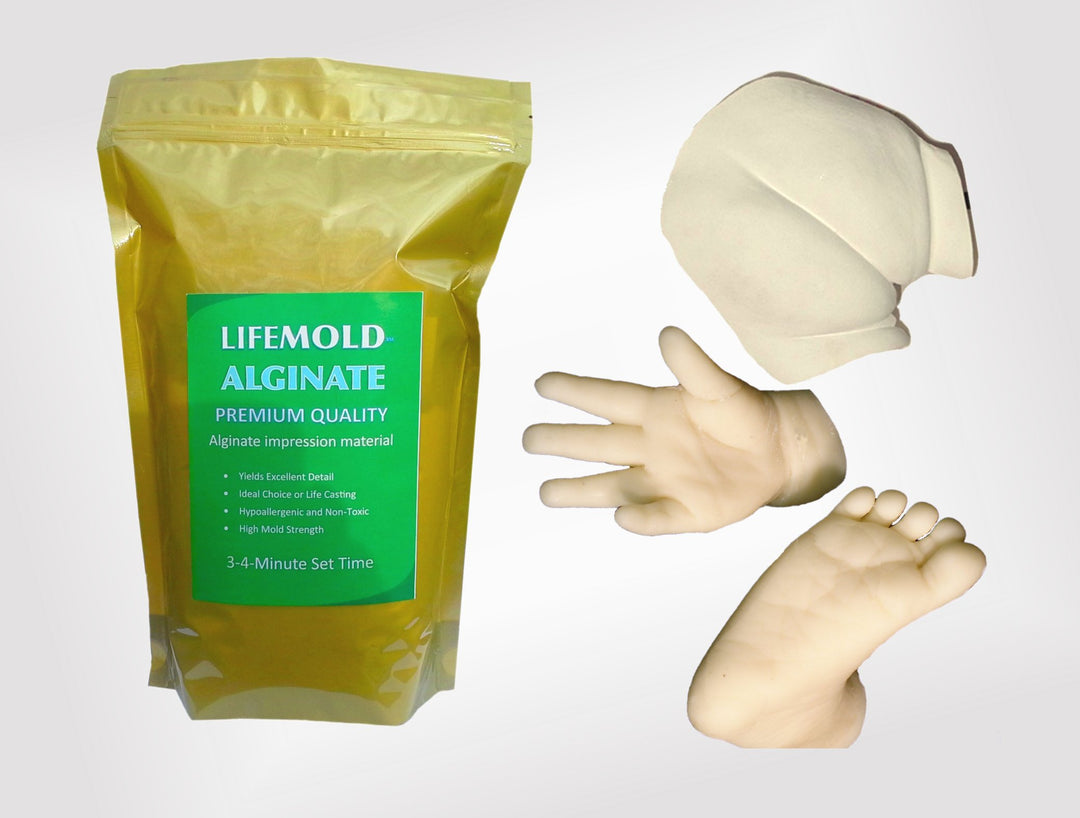Renaissance Life Casting
Just Imagining the 'Flinging' Method of Creating a 15th Century Head Mold.
How To Make a Cast of Your Own Person, the Old Fashioned Way
The book, “The Craftsman’s Handbook” or “Il Libro dell’ Arte” by Cannino d’Andrea Cennini (Translated from Latin by Daniel V. Thompson, Jr.), is a guide to methods of painting, mold making and casting. It was written toward the end of the Renaissance period in the 15th century, in Florence, Italy where the movement began. The book served as an art student’s introduction into the ways of his craft.
It is a fascinating read and provides insights into some of the historical techniques that were used to create some of the finest artworks ever created. There is a wonderful section on life casting which I wanted to share with you. The materials used then were plasters, wax and clay. The following paragraph contains the instructions to create a self-cast. Beginning on page 129:
“On the same subject. You may also cast your own person, as follows. Get a ready quantity of plaster or clay, well worked over and clean, wet up quite soft, as if it were ointment; and have it spread out on a good broad table, such as a dining table. Have it placed on the ground; have this plaster or clay spread out on it a foot deep. Fling yourself on it, on whatever side you wish, front or back or side. And if this plaster or clay takes you well, get yourself pulled out of it neatly (My note: I’m assuming you must have helpers- perhaps your wife), pulling yourself out straight, so as not to shift it in any direction. Then let this mold dry. When it is dry, have it cast in lead. And, in the same way, do the other side of your person, that is the opposite to that which you have done. Then join them together; cast it all at once in lead or other metals.”
It appears from such detailed instructions, that Renaissance artists were very adept at life casting, too. Though it is hard to visualize creating a pleasing pose while jumping, whole body, into a foot of clay; there are a number of other techniques on casting the human figure in the book that are seemingly more plausible. I will detail them here from time to time.




